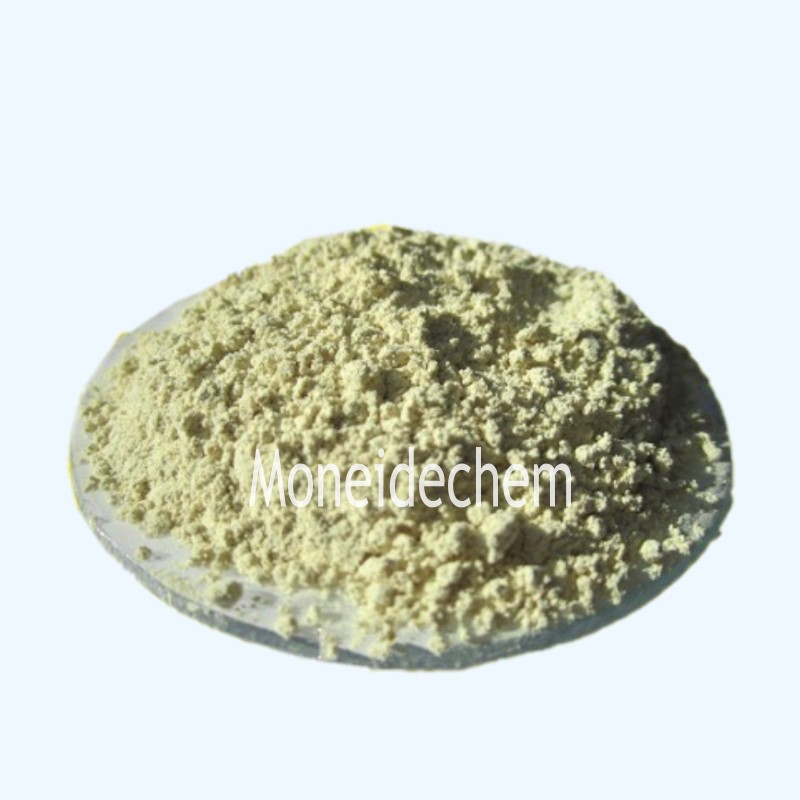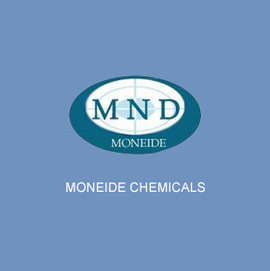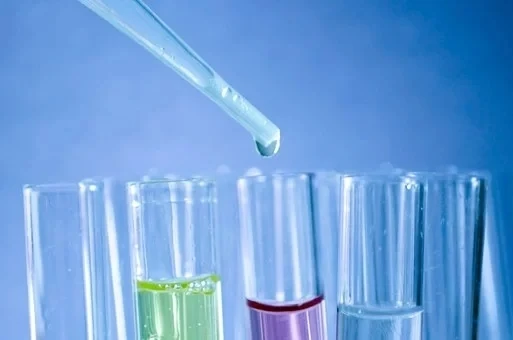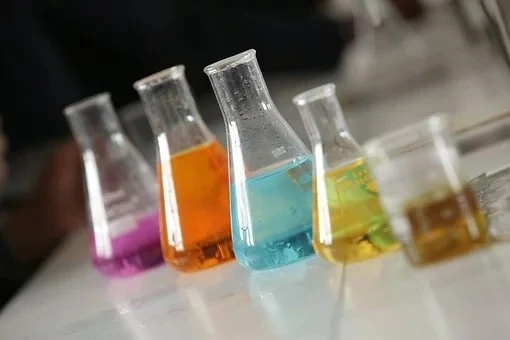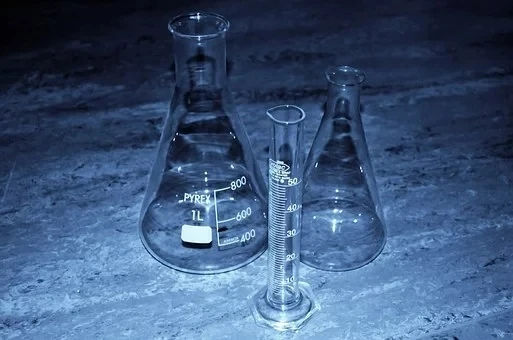Welina mai iā Tangshan Moneide Trading Co., Ltd.
Nā Mea Kimi Moneide
Tel: 86-315-8309571
WhatsApp/WeChat/Mobile: 0086-15633399667
Skype: janet-honest
Leka: janet-honest@hotmail.com
Wahi: 2-7-523 Jidong Building Materials Tangshan, Hebei 064000 Kina
Silver N,N-diethyldithiocarbamate
|
Inoa Kimia |
Silver N,N-diethyldithiocarbamate |
|
Another name |
Silver diethyldithiocarbamate |
|
CAS No. |
1470-61-7 |
|
ʻAno molekala |
C5H10AgNS2 |
|
EINECS No. |
216-003-7 |
|
Kaumaha molekula |
256.14 |
|
Hoʻokumu Molecular |
|
|
Nā kikoʻī |
Appearance: off-white powder Assay: 98.0% min. Free acid: 0.05% max. Insoluble matter in water: 0.3%max. Loss on drying: 0.5% max. |
|
Noi Nui |
Used as colour-display reagent to detect Arsenic in spectrophotometry. |
What is Silver diethyldithiocarbamate used for?
Silver diethyldithiocarbamate is primarily employed as a sensitive spectrophotometric reagent for arsenic detection in environmental and biological samples. This white to light gray crystalline compound forms colored complexes with arsine gas, enabling precise arsenic quantification at trace levels. It serves as a key component in standardized methods for water quality analysis, food safety testing, and industrial hygiene monitoring. The reagent's selective reactivity also extends to determining antimony and tellurium concentrations in various matrices, making it valuable for comprehensive heavy metal analysis in environmental and toxicological studies.
What is the silver diethyldithiocarbamate method of arsenic?
The silver diethyldithiocarbamate method involves reducing arsenic compounds to arsine gas, which then reacts with the reagent to form a red-colored complex. This sensitive colorimetric technique allows arsenic detection in water, soil, and biological specimens at parts-per-billion levels. The method's specificity stems from the selective arsine-reagent interaction, which produces a measurable absorbance peak at 510-540 nm. This well-established protocol offers reliable results for both inorganic and organic arsenic species when combined with appropriate sample digestion steps, making it a reference method for regulatory compliance testing.
What is the benefits of silver diethyldithiocarbamate?
This reagent provides exceptional sensitivity for arsenic detection, surpassing many alternative methods in detection limits. Its selective complexation with arsine minimizes interference from other metals, ensuring accurate results. The stable colored product permits both visual comparison and precise spectrophotometric measurement. The method requires relatively simple instrumentation compared to advanced spectroscopic techniques, making it accessible for field applications. These advantages - sensitivity, selectivity, and simplicity - establish it as a cost-effective solution for routine arsenic monitoring in environmental, industrial, and public health contexts where reliable low-level detection is critical.









